Leadville, Colorado
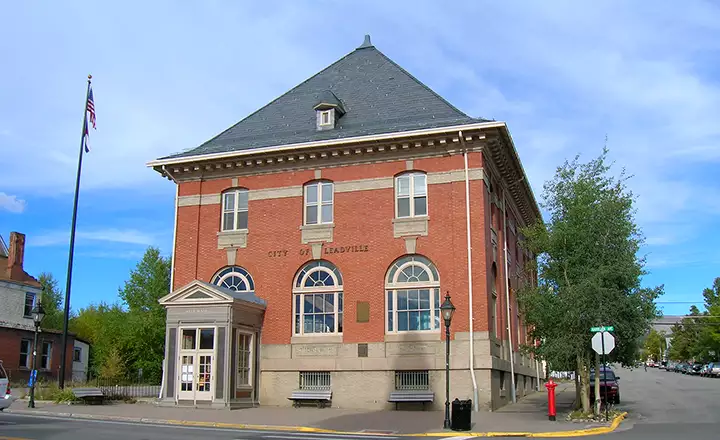
Town Hall in Leadville
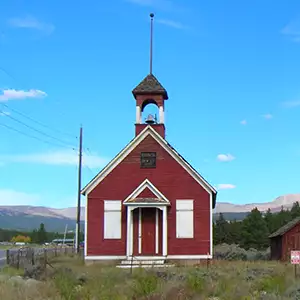
I remember a meeting back in 1995 in Trinidad, Colorado with the local Chamber of Commerce and a representative from the National Trust for Historic Preservation. The NTHP had just finished surveying all of Colorado and inventorying Victorian and other historic architecture. That rep told us that Trinidad had the most Victorian architecture, and the most that was still restorable.
She also told us that Leadville was a distant second. Now that I've finally had a chance to look around in Leadville, I'm scratching my head about that one. Leadville is gorgeous. There are Victorians everywhere you look and most of them are still in use. At one time, Trinidad and Leadville were about the same size, although I think Leadville had more money floating around in the streets (Trinidad's money came from coal and the mine owners (John D. Rockefeller being the biggest) much preferred paying the miners with company scrip, not cash). These days Trinidad is considerably larger and was floating in money from the coal-bed methane development going on west of town until the natural gas market in the US became oversaturated. At that point, prices collapsed and the two major gas operators in the area pulled most of their people, equipment and money out to go work in better tax climates. Leadville still has some mining going on around town but the real money seems to be in tourism.
In 1860, gold was discovered in nearby California Gulch and the tent city of Oro City popped up. But that strike was soon exhausted and most of the miners left. Then in 1876, some newcomers realized that the heavy sand left behind in the pine woods as a nuisance by the previous prospectors was actually silver carbonate and another mining rush was on. By 1877, Leadville was the most famous silver-mining camp on Earth. By 1890, the 30,000 fortune hunters who lived and worked here made Leadville the second largest city in Colorado. Many famous fortunes were built here, including that of HAW Tabor, August Meyer and the "Unsinkable" Molly Brown. The social life in Leadville was gay and cultivated with ambitious projects like the Ice Palace and the Tabor Opera House happening, although there were still some pretty violent labor contests going on for years.
Today, Leadville is also famous for the fact that it snows on July 4 on a regular basis: something about that 10,152 foot elevation.
One famous resident of Leadville was John B. “Texas Jack” Omohundro (1846-1880). Born in Virginia, Texas Jack made his way west in 1862 at the tender age of 16. His intent was to become a cowboy. Later, he was known for his prowess as a plainsman and government scout who often led the Pawnee Indians on summer hunts and guided such notables as the Earl of Dunraven.
In 1872, he and his friend Buffalo Bill Cody achieved national fame by starting the first Wild West shows in America. Shortly after that, Jack married the beautiful and famous danseuse Mlle. Guiseppina Morlacchi and they lived in Leadville until Jack died on June 28, 1880 at the age of 33. Texas Jack was honored posthumously in 1994 when he was inducted into the National Cowboy Hall of Fame's Hall of Great Western Performers in Oklahoma City.
In 1882, while on his lecture tour of the West, Oscar Wilde came to the Tabor Opera House in Leadville. At one point during his stay he visited a saloon in town and recounted "I saw the only rational method of art criticism I have ever come across. Over the piano was printed a notice: 'Please do not shoot the pianist. He is doing his best.'"
Doc Holliday was in Leadville for a while in 1883-1884. In August, 1884, a former Leadville "police officer" threatened him over a $5 debt and Holliday shot him. In spite of all the evidence pointing to Holliday's guilt, a jury found him innocent of both the shooting and attempted murder. Leadville also had its share of mining swindles in those days but most of the early mining bloom wore off the area with the repeal of the Sherman Silver Purchase Act in 1893. There was a small gold boom a few years later but, over time, the city's population and finances dwindled.
After took action to curb a prostitution problem, the US Army allowed soldiers from nearby Camp Hale to visit during World War II. Before that time, the city was off-limits to all military personnel. It was during World War II that the Climax molybdenum mine started to really come into its own. At one point, 75% of the world's molybdenum came from Climax. Then the mine closed in the 1980's as the price of molybdenum collapsed and Leadville came on hard times again.
The National Mining Museum and Hall of Fame opened in 1987. Leadville was the setting (but not the filming location) for George Ramiro's Day of the Dead, and Leadville served as the film set for the remake of that movie.
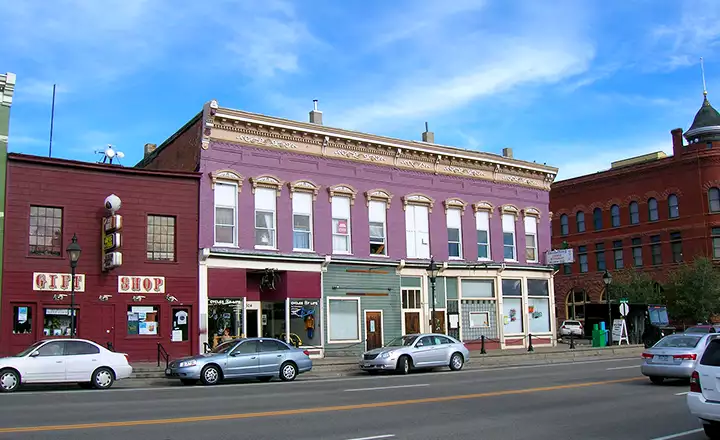
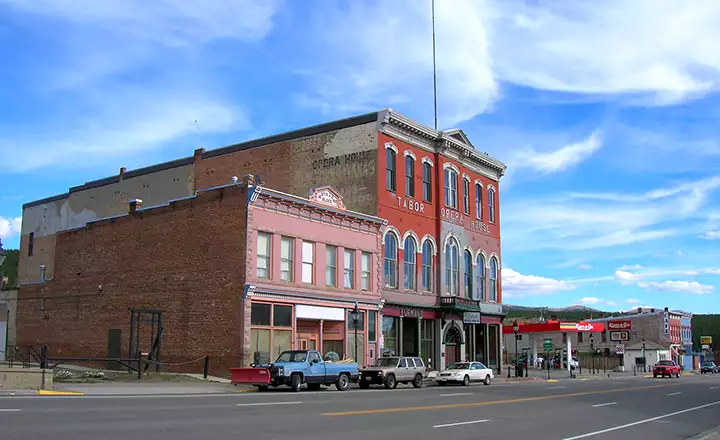
One of the symbols of Leadville: the Tabor Opera House
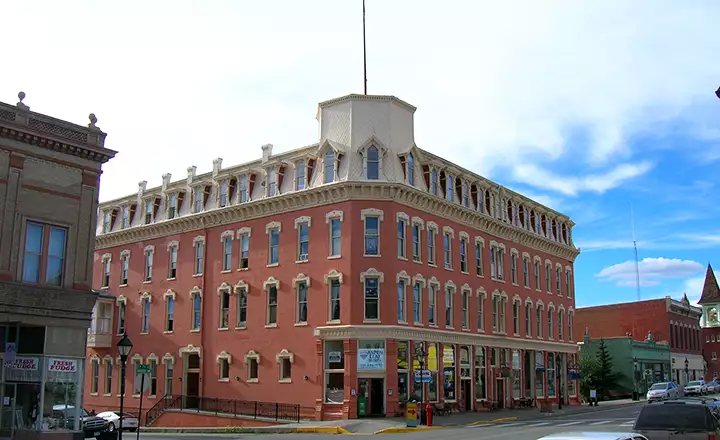
This hotel still operates as a hotel

One of Leadville's first churches
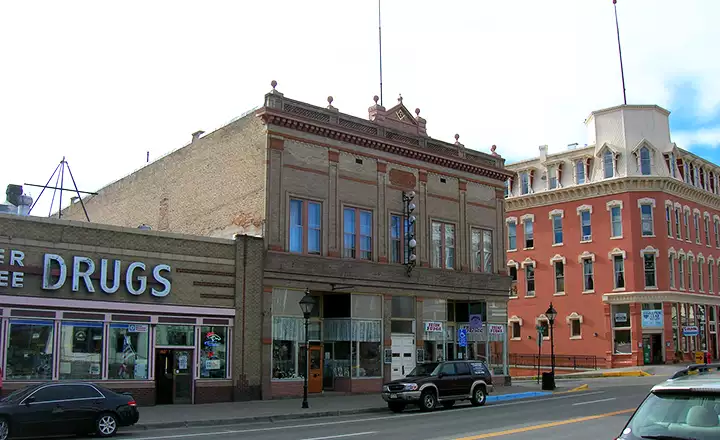
Great architecture, great colors
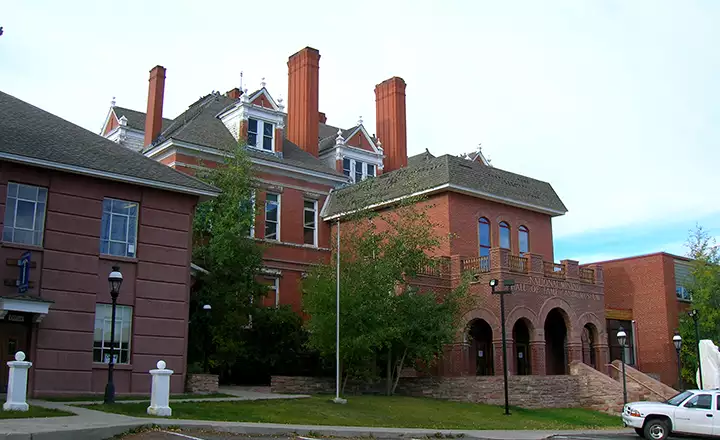
The National Mining Museum and Hall of Fame
Lake County Related Pages
Leadville - Twin Lakes - Lake CountyTop of the Rockies Scenic Byway - San Isabel National Forest
White River National Forest - Leadville National Fish Hatchery